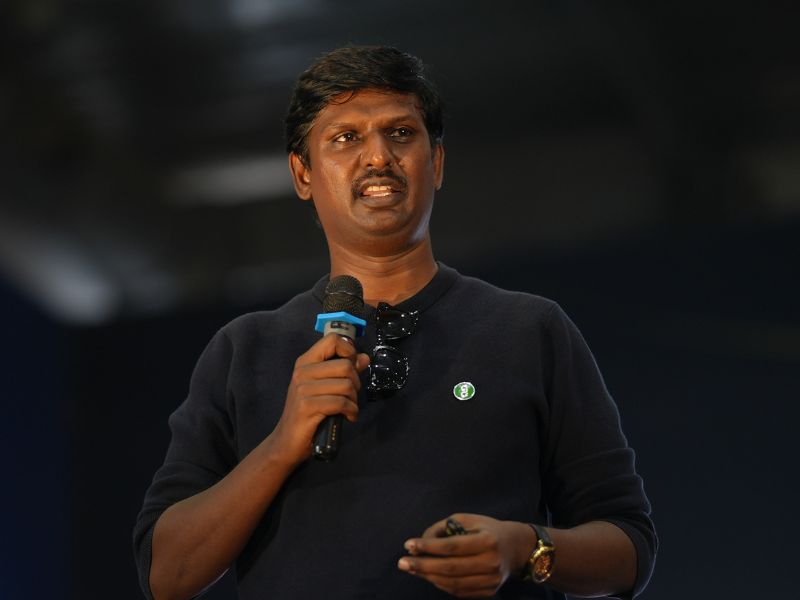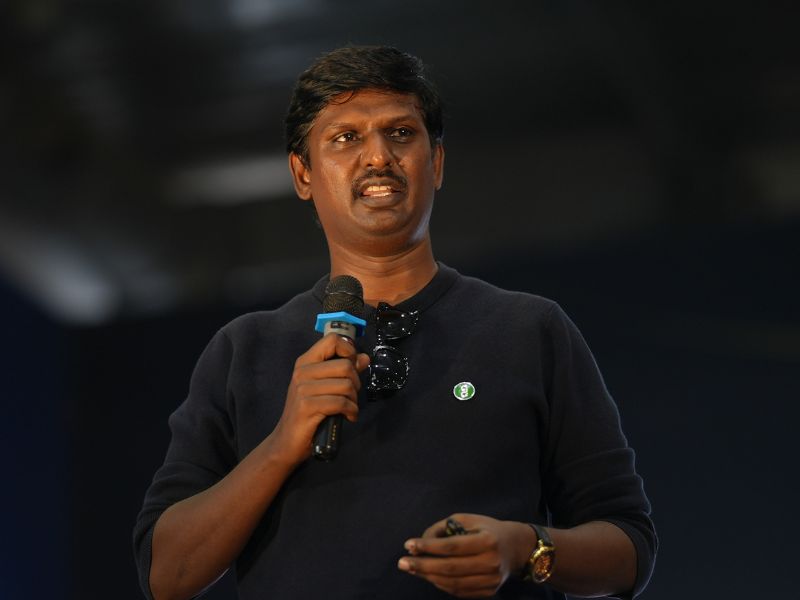Transforming vernacular language driven tech education in India
 Arun Prakash M, Founder and CEO of GUVI Geek Networks
Arun Prakash M, Founder and CEO of GUVI Geek Networks
The Eighth Schedule of the Indian Constitution includes as many as 22 official languages. Considering the latest estimates, the vast majority (96.71%) of the 140+ Cr Indian population converse in these languages, however, the Union Ministry of Education maintains the existence of over 1600 mother tongues in the country. Despite this fact, higher education in India has an overwhelming dependence on English — leading to limiting the scope of education among Indian youth, owing to interpretation, accessibility and understanding among other aspects.
For example, 15 lakh Indian students become engineering graduates each year — the majority of whom fail to find it difficult to get employment opportunities. This highlights the significance of integrating vernacular language in tech education in India, where 60% of engineering graduates in India are deemed employable by corporations, while only 45% meet the industry standards — a considerable percentage of whom are strictly limited by their restricted apprehension and interpretation of English.
Addressing this challenge of incorporating vernacular languages in tech education in India is the driving principle at GUVI. Co-founded by Mr. Arun Prakash, this IIT-M & IIM-A incubated Ed-tech platform aims to bridge the gap in technical education by offering era-appropriate technological courses in the Indian language. Beginning initially as a YouTube channel, GUVI has effectively scaled to become valued at INR 150 Cr — offering tech courses in as many as 13 languages, including Tamil, Telugu, Malayalam, Bengali, Kannada, Hindi and others.
Implementing vernacular languages in tech education
The existing technological education and subsequent pedagogy in India are highly dependent on a colonial mindset that is over 300 years old. Transforming this space requires the integration of the latest methodology, a major part of which is overhauling the medium using digital tools. The attention span of the Indian youth has been reduced to 5–7 minutes owing to technological inventions, and aligning them with a 40-hour-long curriculum no longer offers any favourable outcome. Furthermore, only 10% of Indians are capable of fluently conversing in English — a significant aspect that is highlighted by GUVI through its innovative methodologies.
To achieve this goal, GUVI has adopted a bifurcated strategy that focuses on integrating vernacular languages in tech education. In the first part, the platform has introduced relevant technologies that offer an immersive learning experience, such as Learning Management Systems (LMS) and is also actively working on its unique Small Language Model (SLM) that specialises in vernacular languages, i.e. colloquial language models for translating videos. In the second part, the company employs over 750 local educators, industry veterans, experts and mentors who work closely with both the LLMs and students to create a balance of modern pedagogy and active learning. This two-pronged strategy has transformed how vernacular language-driven tech education is perceived in India, a notion that is further bolstered by the 3 million plus students who have been trained by GUVI in the last 10 years.
Furthermore, the self-paced courses, live classes and interactive practice platforms have proved to be major enablers in achieving GUVI’s long-term goal of catering to new geographies and penetrating strategic markets around the world.
Transforming tech education in India
Beginning with an idea that encapsulated empowering Indian students with vernacular language-driven technology education, GUVI has since extended its footprint to cover 9 Indian and 4 foreign vernacular languages. Driven by its innovative use of technology, modern methodologies and mentorship from industry veterans, the firm has achieved several milestones. As per the company, 72% of all its learners are capable of completing their respective courses within three months, whereas 84% of all of its students have a better apprehension of complex topics. In its 10 years of existence, GUVI’s learners have submitted over 3.74 Crore lines of codes, while the brand has achieved two Guinness World Records — a significant achievement that has propelled that firm to work in close collaborations with reputed universities like IITs and IIMs, and state governments around the country.
Furthermore, focusing on capabilities rather than degrees has helped GUVI to employ top industry veterans, who have revolutionised the new-age learning offered by GUVI. Their valuable inputs have not only helped to maintain quality and consistency but also to design new curricula in extensive disciplines and enable thousands of students from tier-2 and tier-3 Indian cities. The company also aligns closely with industry requirements, which has become one of the driving principles in updating the syllabus and modules to facilitate immersive learning for students. However, the most significant achievement among all this has been to assist all stakeholders — students and otherwise, to realise the extensive role and impact of vernacular languages in supplementing innovation, creativity and originality in diverse technological aspects, a notion that has also been covered in the National Education Policy (NEP) and the recent Union Budget.
Also read: How ed-tech is changing the game for vernacular learning
















Add comment